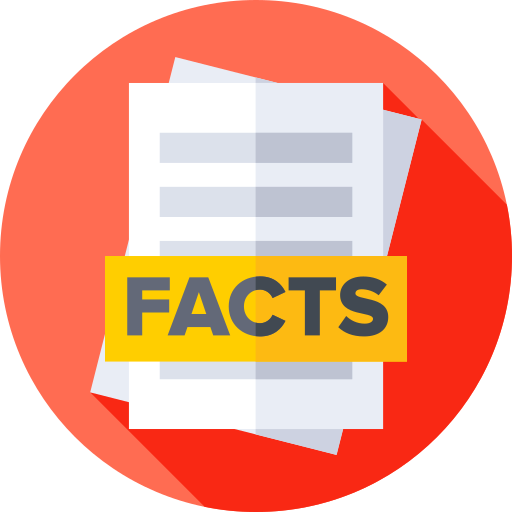Understanding and Managing Tardive Dyskinesia: Pathophysiology, Prevention Strategies, and Evidence-Based Treatments
Tardive dyskinesia (TD) is a movement disorder primarily caused by long-term use of dopamine receptor antagonists, such as antipsychotic medications. Characterized by involuntary, rhythmic movements, TD significantly impacts patients’ quality of life. This article provides a comprehensive review of the current guidelines and evidence-based recommendations for the assessment, prevention, and management of TD, emphasizing practical implications for clinical practice.
Key Points:
- Pathophysiology of TD:
- TD is linked to increased sensitivity and the number of postsynaptic dopamine receptors due to long-term use of dopamine receptor antagonists.
- Other hypotheses include oxidative stress affecting the basal ganglia and subcortex, and neurotransmitter imbalances involving GABA and NMDA receptors.
- These theories guide current research and treatment strategies.
- Prevention of TD:
- Early prevention through the use of second-generation antipsychotics, which have a lower incidence of TD compared to first-generation antipsychotics.
- Slow titration and use of the lowest effective dose to manage psychiatric disorders can help prevent TD.
- Regular patient assessments and monitoring for TD every 6 months for first-generation and every 12 months for second-generation antipsychotics are recommended.
- Screening Tools:
- Abnormal Involuntary Movement Scale (AIMS): Most frequently used, clinician-rated 12-item scale for detecting and monitoring TD severity.
- Dyskinesia Identification System Condensed User Scale (DISCUS): Clinician-rated 15-item scale for assessing and monitoring TD.
- Extrapyramidal Symptom Rating Scale (ESRS): Clinician-rated 13-item scale for assessing TD and other drug-induced movement disorders.
- Simpson-Angus Scale (SAS): Clinician-rated 10-item scale for screening parkinsonism and other extrapyramidal side effects.
- Pharmacological Management:
- Deutetrabenazine and Valbenazine: Both VMAT2 inhibitors received level A recommendations for TD treatment, with deutetrabenazine requiring twice-daily dosing and valbenazine offering once-daily dosing.
- Amantadine: Level B recommendation; used adjunctively, showing significant reduction in AIMS scores.
- Clonazepam: Limited evidence; not preferred due to potential for tolerance and adverse effects such as sedation and confusion.
- Ginkgo Biloba: Level B recommendation; shows promise due to its antioxidant properties, with a relatively benign side effect profile.
- Tetrabenazine: Limited evidence for TD, with a level C recommendation and a significant adverse effect profile.
- Medication Adjustments:
- Dose reductions, medication cessation, and cross-titration to second-generation antipsychotics are common strategies.
- Increasing the dose of the current antipsychotic to mask TD symptoms is no longer recommended.
- VMAT2 Inhibitors:
- These medications reduce presynaptic dopamine levels without oversensitizing post-synaptic receptors.
- Deutetrabenazine and valbenazine are preferred due to better efficacy and tolerability profiles compared to tetrabenazine.

Although an estimated two-thirds of individuals diagnosed with TD are unaware of their movements, the remaining one-third report being troubled by them and endorse emotional and physical distress. (PLoS One)
More on Movement Disorders
 PATIENT EDUCATION
PATIENT EDUCATION  OBESITY/WEIGHT MANAGEMENT
OBESITY/WEIGHT MANAGEMENT  EXERCISE/TRAINING
EXERCISE/TRAINING  LEGAL MATTERS
LEGAL MATTERS  GUIDELINES/RECOMMENDATIONS
GUIDELINES/RECOMMENDATIONS 